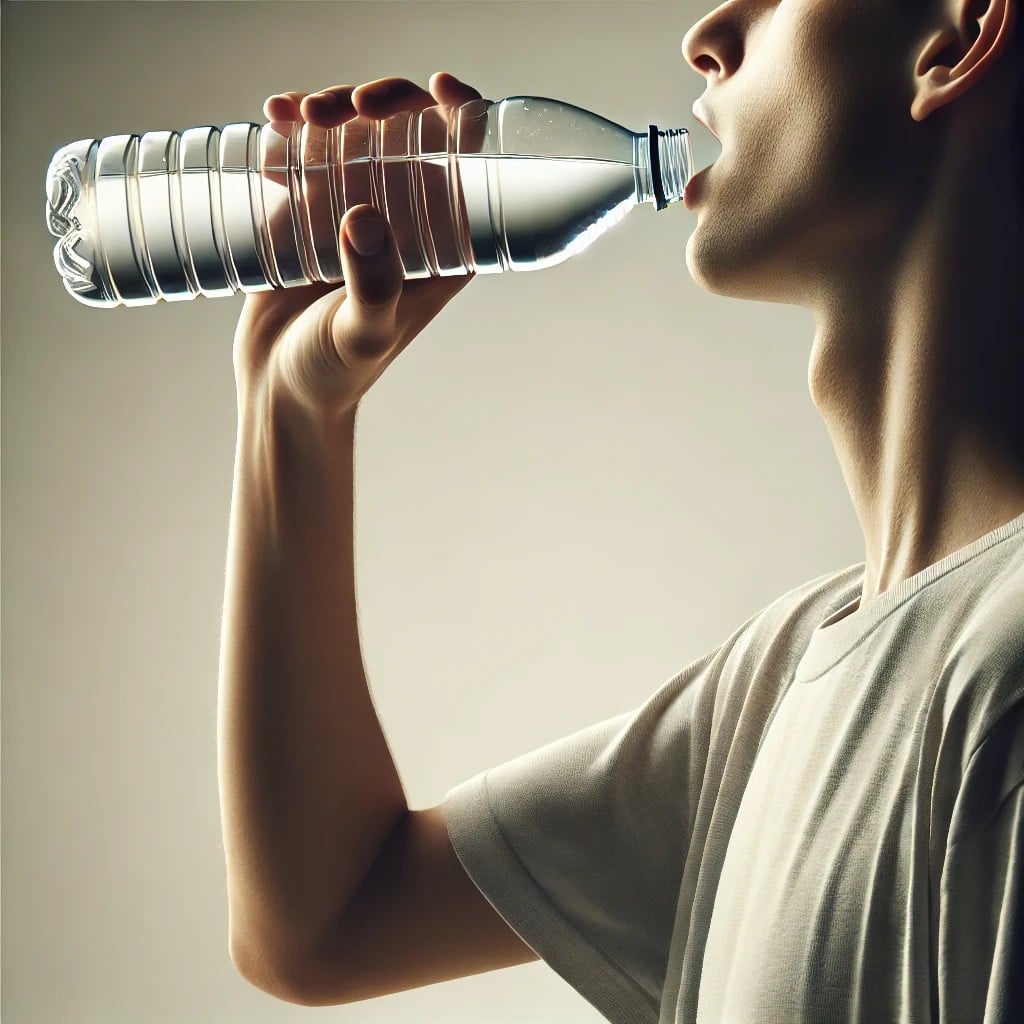Not All Water is Created Equal: Discover the Difference
Ensure Your Family's Safety with Clean, Pure Water
Schedule Your Free Home Water Assessment Today!
Why Test Your Water?
Understanding what’s in our water is crucial for ensuring the health and safety of our families. From hidden contaminants like lead and bacteria to chemical residues and rust, our tap water can carry a range of impurities. Don’t leave your family’s health to chance—get your water tested today!
Common Contaminants:
Regular water testing helps us detect these potential hazards early, giving us the peace of mind that comes with knowing our water is clean and safe.
- Lead
- Chlorine
- Rust
- Bacteria
- Chemicals
- Heavy metals
Health Risks:
Common water can pose significant health risks. Understanding and mitigating these risks through regular water testing is essential for protecting your family’s health. Lead exposure, chlorine, rust particles, bacteria, and chemicals can form harmful byproducts effecting our overall health and well-being.
Benefits of Testing:
Peace of mind
Early detection of issues
Improved water quality and taste
Protection for household appliances
Bottled Water Exposed: Is It Really the Best Choice?
Microplastics in Bottled Water
- Global Study on Microplastics: A comprehensive study analyzed 259 bottled water samples from 11 different brands across nine countries and found that 93% of them contained microplastic contamination. On average, there were 325 microplastic particles per liter, with some brands containing as many as 930 particles per liter.
- Health Implications:The World Health Organization has expressed concerns about the potential health risks associated with consuming microplastics, prompting further research into their impact on human health.
Chemical Contaminants in Bottled Water
- PFAS Contamination: Per- and polyfluoroalkyl substances (PFAS), often referred to as “forever chemicals,” have been detected in some bottled water brands. These chemicals are persistent in the environment and have been linked to various health issues, including high cholesterol, liver damage, and increased risk of certain cancers.
- Fluoride Levels: Some bottled water brands have been found to contain fluoride levels nearly double the recommended limits set by the Environmental Protection Agency (EPA) for tap water, raising concerns about overexposure to fluoride.
Reducing Microplastic Intake
- Switching to Filtered Tap Water: Research indicates that switching from bottled water to filtered tap water can significantly reduce microplastic intake—from an estimated 90,000 particles per year to about 4,000 particles annually.

Comparison: Bottled Water vs. Tap Water
See the key differences between bottled water, tap water, and solutions needed for Healthy Water.
| Feature | Bottled Water | Tap Water | Healthy Water Solutions |
|---|---|---|---|
| Purity | May contain hidden contaminants, microplastics, or chemicals from packaging. | Can contain chlorine, lead, or other impurities. | Provide high-quality purified water, free from harmful contaminants. |
| Taste | Taste varies due to additives or packaging materials. | Often, it has a chlorine or metallic taste. | Fresh, clean taste with no chemical aftertaste. |
| Health Benefits | Limited health benefits; possible exposure to microplastics. | Safe to drink but may contain impurities. | Offer optimal hydration with improved purity and quality. |
| Environmental Impact | Contributes significantly to plastic waste and pollution. | Lower impact but requires treatment processes. | Eco-friendly solution with minimal environmental impact. |
| Cost | Expensive over time; costs add up with continuous purchases. | Typically inexpensive, but quality may vary. | Cost-effective long-term solution; save money on bottled water. |
| Convenience | Requires continuous purchases, storage, and disposal of bottles. | Readily available, but inconsistent quality. | On-demand, high-quality water with zero plastic waste. |
| Sustainability | Non-sustainable due to plastic production and waste. | Limited sustainability based on municipal treatment processes. | Sustainable, eco-friendly solution with zero single-use plastic. |
Change Your Life, Change Your Water:
Scheduling:
Easy online or phone booking.
Assessment:
On-site comprehensive water testing.
Results:
Immediate results with a detailed report.
Solutions:
Recommendations for improving water quality.




Testimonials

We were always concerned about the quality of our tap water, especially with young children in the house. After the complimentary water assessment, we discovered high levels of chlorine and rust. Thanks to the detailed report and recommendations, we installed a water filtration system. Now, our water tastes better, and we feel much safer knowing our kids are drinking clean water.

I never realized how hard our water was until we had it tested. The technician was professional and explained everything clearly. After following their advice, we installed a water softener. It’s made a huge difference—not only is the water softer on our skin, but our appliances are also running more efficiently. I highly recommend getting your water tested!

The free water assessment was a game-changer for us. We had frequent stomach issues, and the test revealed bacteria in our water supply. After treating the water and installing a proper filtration system, our health has improved dramatically. We can’t thank the team enough for their help and professionalism.
%

Filtration Effectiveness
Studies have shown that point-of-use filters can remove up to 99% of common contaminants, including lead, chlorine, and bacteria, significantly improving water quality and safety.
%

Public Awareness
The Water Quality Association (WQA) conducted a survey that revealed 47% of Americans are concerned about the quality of their household water supply.
%

Chemical Contaminants
A study published in the journal Environmental Science & Technology found that pharmaceuticals and personal care products are present in 80% of the sampled streams across the United States.
%

Water Hardness
The U.S. Geological Survey (USGS) reports that about 85% of the United States has hard water, which can cause scaling in pipes and appliances, leading to higher energy costs and appliance wear and tear.

Contaminant Exposure
According to the Environmental Working Group (EWG), over 250 contaminants were detected in U.S. tap water in a nationwide study, many of which can pose health risks.